In today’s interconnected business landscape, effective stakeholder collaboration has become an strategic imperative. Engaging with stakeholders, that being employees, customers, suppliers, communities or investors, can unlock unparalleled competitive advantages, including effective sustainable growth.
Today we want to put a focus on why companies should pursue internal stakeholder collaboration as a means to transform risks into opportunities, build trust among collaborators and align its values and purpose with that of employees.
Table of Contents
The importance of nurturing stakeholder collaboration
Stakeholder collaboration refers to the process by which companies or organizations engage and work together with various groups and individuals who have an interest or stake in a company’s operations and outcomes. These groups may include employees, customers, suppliers, communities, investors, and even regulatory bodies.
By why is it so important to nurture this kind of collaborative relationships with stakeholders? In a nutshell, effective collaboration can help companies better understand diverse perspectives, address a multitude of different concerns, and co-create solutions that benefit both the business and its stakeholders.
All in all, companies, as well as stakeholders, should aim to foster open communication, build mutual trust, and create shared value.

What does internal stakeholder collaboration imply?
Internal stakeholder collaboration refers to the cooperative engagement and interaction within an organization, primarily focusing on employees, but also including management, shareholders, and other internal departments.
This type of collaboration is essential for fostering a cohesive and productive work environment, and employees, as a core group of internal stakeholders, play a pivotal role in driving the organization’s success. In this regard, their engagement and active participation can lead to enhanced innovation, efficiency, and overall performance.
When employees are effectively and actively involved or engaged, they are more likely to feel valued and heard. And it is precisely this sense of inclusion that can significantly boost morale and foster job satisfaction.
Engage employees in the sustainability strategy
The benefits of internal stakeholder collaboration
In this section we wanted to highlight how collaborative practices companies can easily pursue such as regular team meetings, cross-functional projects, and open forums for feedback can help transform commonly found internal obstacles and risks into opportunities for a better business performance and employee wellbeing.
- Allowing employees to share their insights and ideas can not only contribute to a more dynamic and responsive organizational culture, but it can also enable the alignment of individual goals with the company’s objectives, fostering a shared sense of purpose and direction.
- Effective internal collaboration also facilitates better problem-solving and decision-making processes. When employees from different departments or levels of the organization come together, they bring diverse perspectives and expertise to the table. This multidisciplinary approach can lead to more innovative solutions and improved strategies.
- Fostering a culture of internal stakeholder collaboration can also help enhance organizational agility and adaptability. In a rapidly changing business environment, the ability to quickly respond to new challenges and opportunities is crucial. When employees are accustomed to working together and communicating openly, they can more easily coordinate and implement changes. This also strengthens the organization’s resilience and ability to innovate.
How employee collaboration enhances corporate sustainability
The benefits of internal stakeholder collaboration we just mentioned above, particularly in the case of employees, can significantly contribute to enhancing corporate sustainability, and the reason here is quite simple: when employees feel valued and engaged through collaborative practices, they are more likely to be committed to the company’s purpose, and consequently, to its sustainability goals.
A we have also mentioned before, internal collaboration enhances the organization’s ability to adapt and respond to market, society or planetary changes and challenges. In this regard, a workforce that is used to working together can more easily and effectively implement sustainable practices that help respond to regulatory changes or societal expectations.
And it is precisely this agility that can ensure that the company remains compliant and competitive in a landscape where sustainability is increasingly important to consumers and investors alike.
How to approach a double materiality assessment
How to successfully engage employees in sustainability
In DoGood, we aim to simplify the complex web of sustainability objectives for companies by offering a platform that translates the high-level ESG (Environmental, Social, Governance) objectives into actionable tasks for every single employee.
Then, each employee not only knows how to make an impact but also feels empowered to contribute meaningfully to the greater sustainable strategy.
No more vague directives. No confusion. DoGood automates the process, making it seamless for the workforce to know precisely what steps to take.
You might also like…

Redefining the C-Suite: the rise of roles that blend innovation, experience, and sustainability

Boost employee engagement in hospitality: Proven sustainability strategies that drive results

Why employee upskilling is the missing link in your sustainability strategy (and how to fix it)

How ESG drives Pharma’s reputation and growth: a business case for sustainability

How banks can align with employee values for a stronger future








